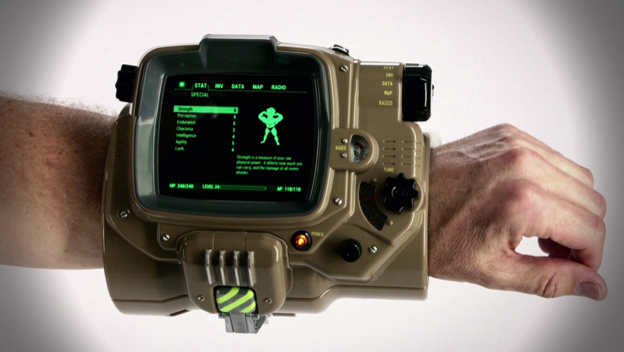It used to be that very few games ever received collector’s editions. Only the most buzzworthy titles – and usually those aimed at the most hardcore segment of the gaming consumer base, to boot – used to get the premium treatment. Today, collector’s editions are ubiquitous, so much that they’re a given for any high-profile release out of certain publishers.
Now, I wouldn’t argue that the existence of collector’s editions for a wider variety of titles makes them inherently less valuable, but it does raise some questions about how we ascribe “value” to the games we purchase. I used to mentally associate exclusively intangible concepts like rarity and campaign length to a game’s monetary value. For instance, the PlayStation 1 shooter Elemental Gearbolt is highly coveted, not for its length (it’s a short game, all told), but for its extremely rare “Assassin’s Case” set, only 40 of which were ever produced. In this way, the Assassin’s Case truly is a collector’s item, sought out for its sheer scarcity.
But what happens when a so-called “collector’s edition” is produced en masse? If rarity (by way of overproduction) and monetary value (by way of sharp depreciation due to decreased demand over time) are taken out of the equation, is a collector’s edition still worthy of its name simply by virtue of having more stuff included in the package? I realize that I’m caught up on nomenclature here, and yet I really do wonder why so many gamers seek to bolster their collections with these premium editions by paying exorbitant prices at launch.
Is it prestige? Is it simply being able to rest with the knowledge that you’re dedicated enough to go all in on your favorite franchises? I believe there can even be an element of mindfulness to buying collector’s editions, one that says “I fully support what this developer is doing and I intend to convey that message with my wallet in hopes that they’ll continue along this path.” Maybe it’s not even that complicated for some people, and they just like gaming merchandise, period.

What’s in a collector’s edition, anyway? Most contain the same few items: a steelbook case, an art book, a soundtrack, perhaps a statue or figure, and a DLC code. Are these goodies enough to justify an additional $20, $30, $50, or even $100 on top of the $60 most games cost at launch? These items are extremely inexpensive to produce (and in the case of DLC, retain an infinite supply), yet are sold at an astonishing markup. Every gamer assigns their own personal, emotional value to these kinds of bonuses, and ultimately it’s up to each of us to do what makes us happy, but the reality is that we need to make peace with the fact that we’re playing right into marketers’ hands.
My concern is that the ubiquity of collector’s editions and the predictable shape they’ve started to take is not a consumer-friendly trend. From a business perspective, collector’s editions are an easy way to leverage hype and get customers to spend more on something they were going to buy already. But we live in an increasingly digital age; many of us aren’t even buying physical copies of games anymore, and eventually we might find that those bulky figures we once lusted after are simply taking up space. For my part, I still prefer physical media, but it never hurts to take a step back and more carefully scrutinize what we’re actually paying for.
